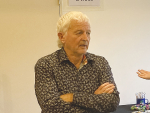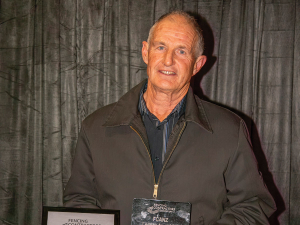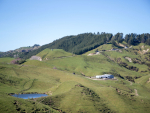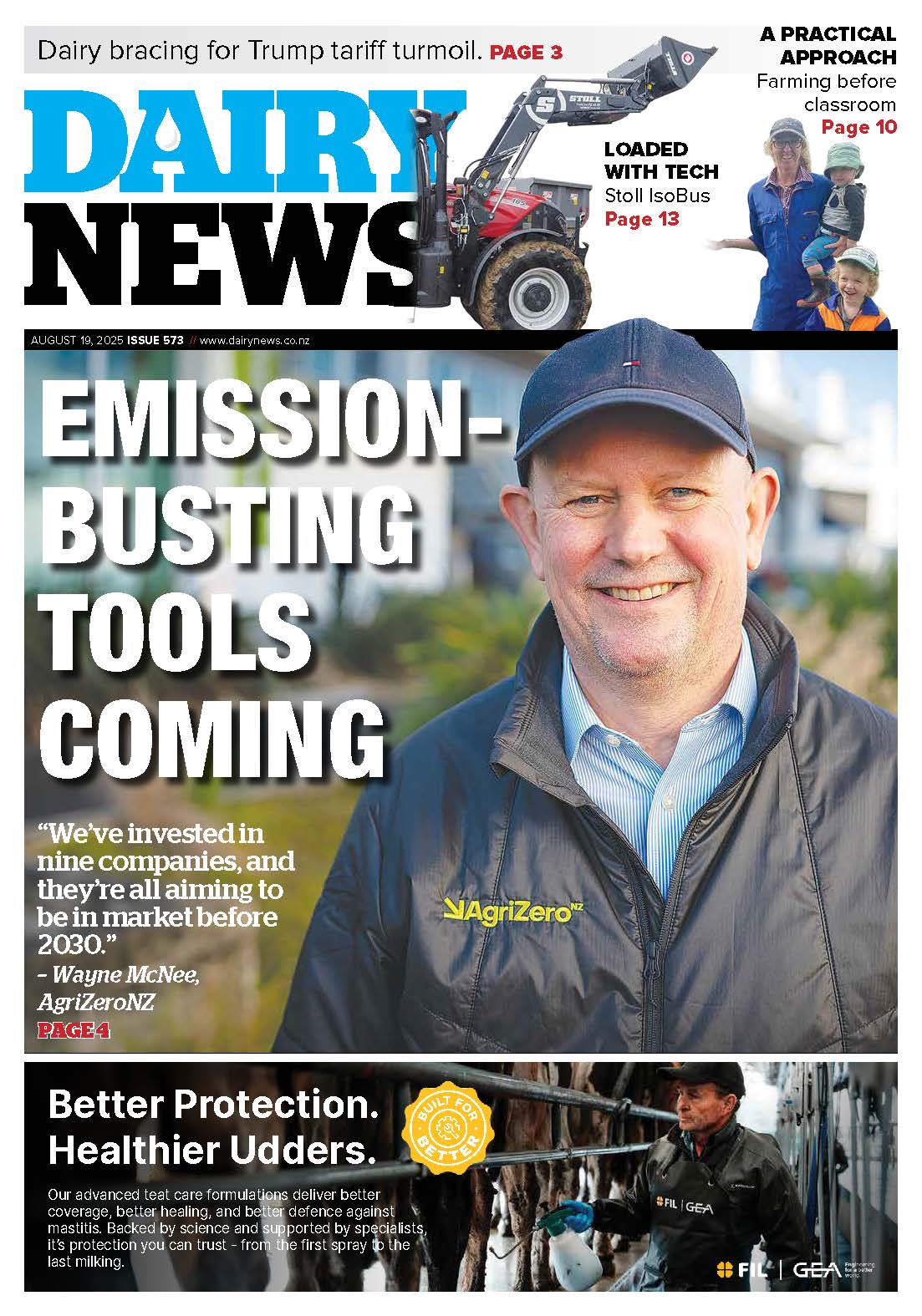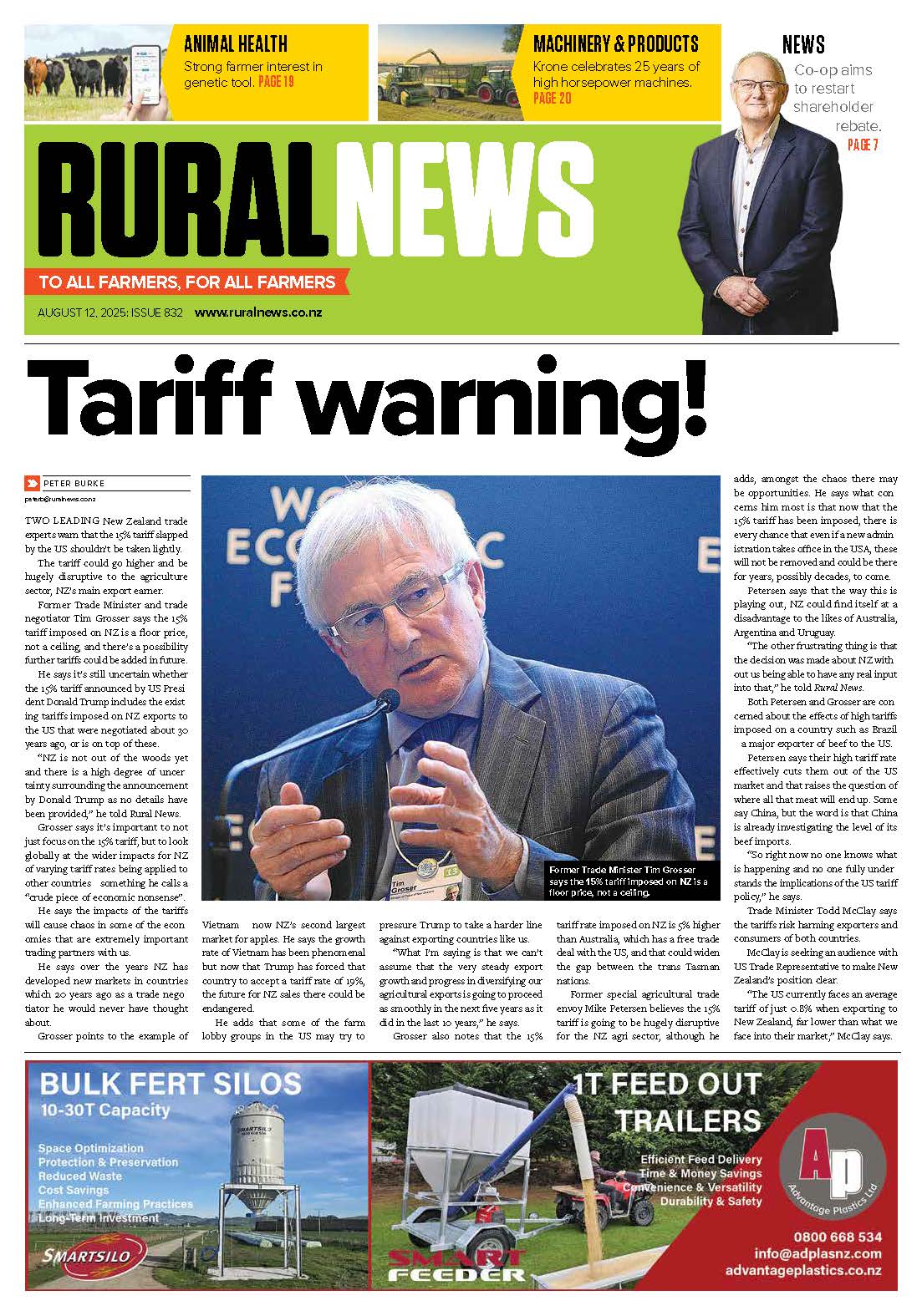Whilst mildly annoying, the impact shouldn’t be underestimated, as exposure to noise, particularly in the workplace, can lead to permanent damage to workers’ hearing. Noise Induced Hearing Loss (NIHL) affects peoples’ lives on a personal and social level, whilst in the work arena, it can lead to a cut in productivity, alongside increased risk of accident or injury.
Studies have shown that people on farms are at much greater risk than the general population, not least because of noise from animals, plant and machinery. As with any employer, farmers have a responsibility to manage exposure to noise, while workers should also take care to follow instructions and wear protective equipment to manage their exposure.
Measured in decibels (dB), day to day life on the farm means it’s easy to overlook likely sources of noise, that might be damaging hearing. As an example, riding a quad bike typically creates around 86dB, driving older or cab-less tractors sees a reading of 95-100dB, and an irrigation pump typically produces 100dB
If individuals are exposed to an eight-hour average noise level of 85dB, or peak noise levels of 140dB, management are obliged to use a plan to reduce that noise and reduce the exposure. From a practical point of view, excessive noise might mean having to raise one’s voice to communicate with another person, just one metre away.
Much can be done to reduce noise, such as routinely servicing machinery or plant, replacing worn parts, or simply tightening loose panels or fittings. When replacing items always look for an item that does the job, but also has a lower dB rating. Likewise, don’t fall into the trap that “it must have an engine and be mobile to be noisy.” For example, milking sheds with cows, gates opening and closing, vacuum pump and milk transfer systems can be particularly noisy environs. If this is the case, consider fitting noise absorbing wall panels, repositioning and enclosing vacuum pumps, or pointing exhaust outlets away from the building.
If noise cannot be eliminated or reduced at source, employers should provide, and workers should use ear plugs and ear-muffs, while also making sure that users understand how to use them correctly. Another management tool might be the revision of work rosters, so the same employee is not exposed continuously to a potential noise source, while also considering the range of mobile phone apps that feature sound level meters.
From a worker’s point of view, speak up if you believe you are being exposed to a noise, or any other risk, otherwise you risk being the one, at a summer barbeque or family event, thinking “I can nearly hear the conversation, but I’m not sure enough to take part.”
• For further information visit: Preventing noise-induced hearing loss on farms – good practice guidelines





![The recommended workplace noise average in New Zealand is under 85dB. A chainsaw typically generates noise of 119dB and is an obvious situation demanding hearing protection, however there are plenty of other less obvious examples. An angle grinder generates 98dB, irrigation pumps average 100dB and old or cab-less tractor can generate 95-100dB. [Worksafe NZ data]](/media/k2/items/cache/fcc69119bc7879154fe6be9fd1d48cc1_L.jpg)

